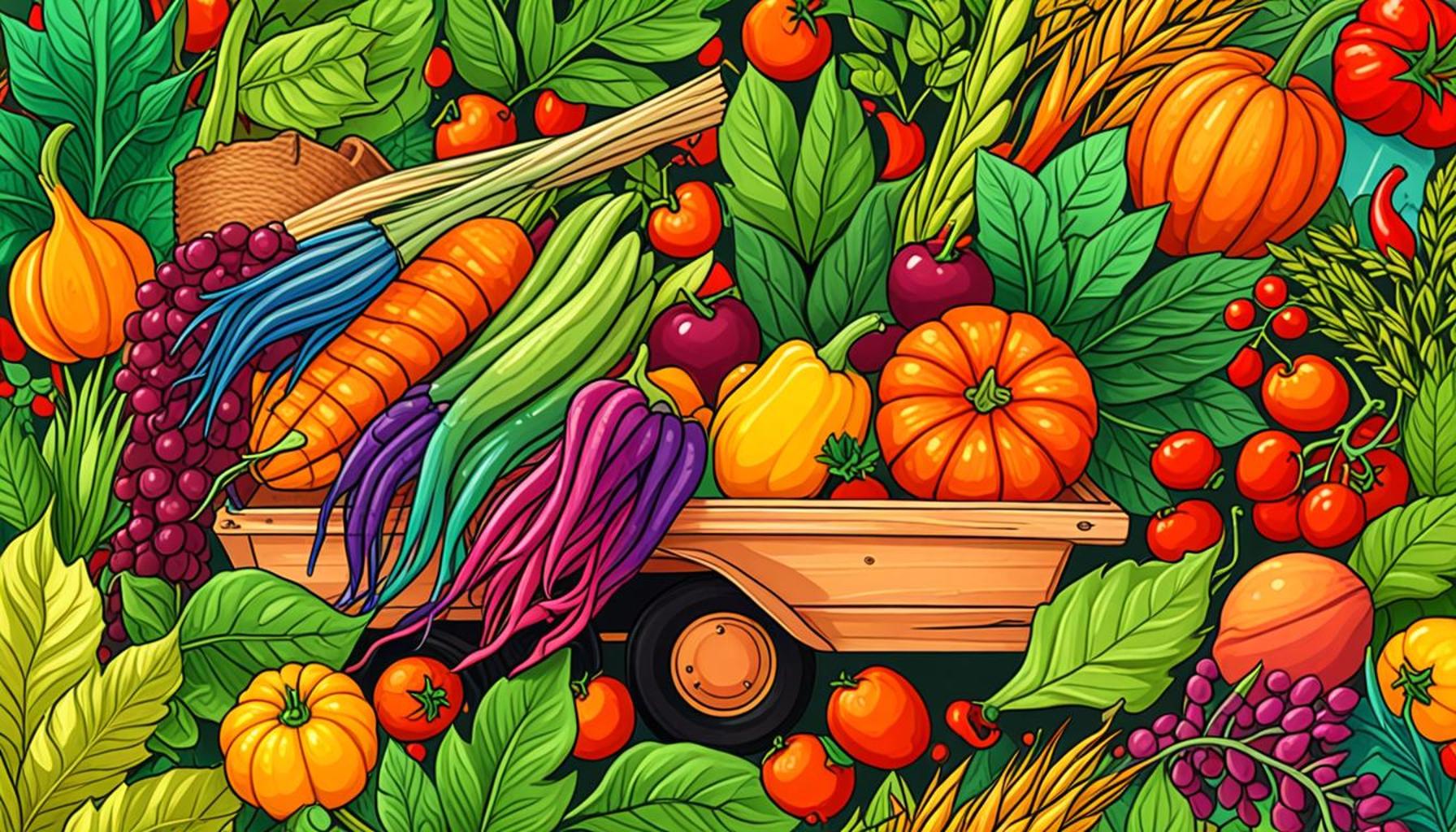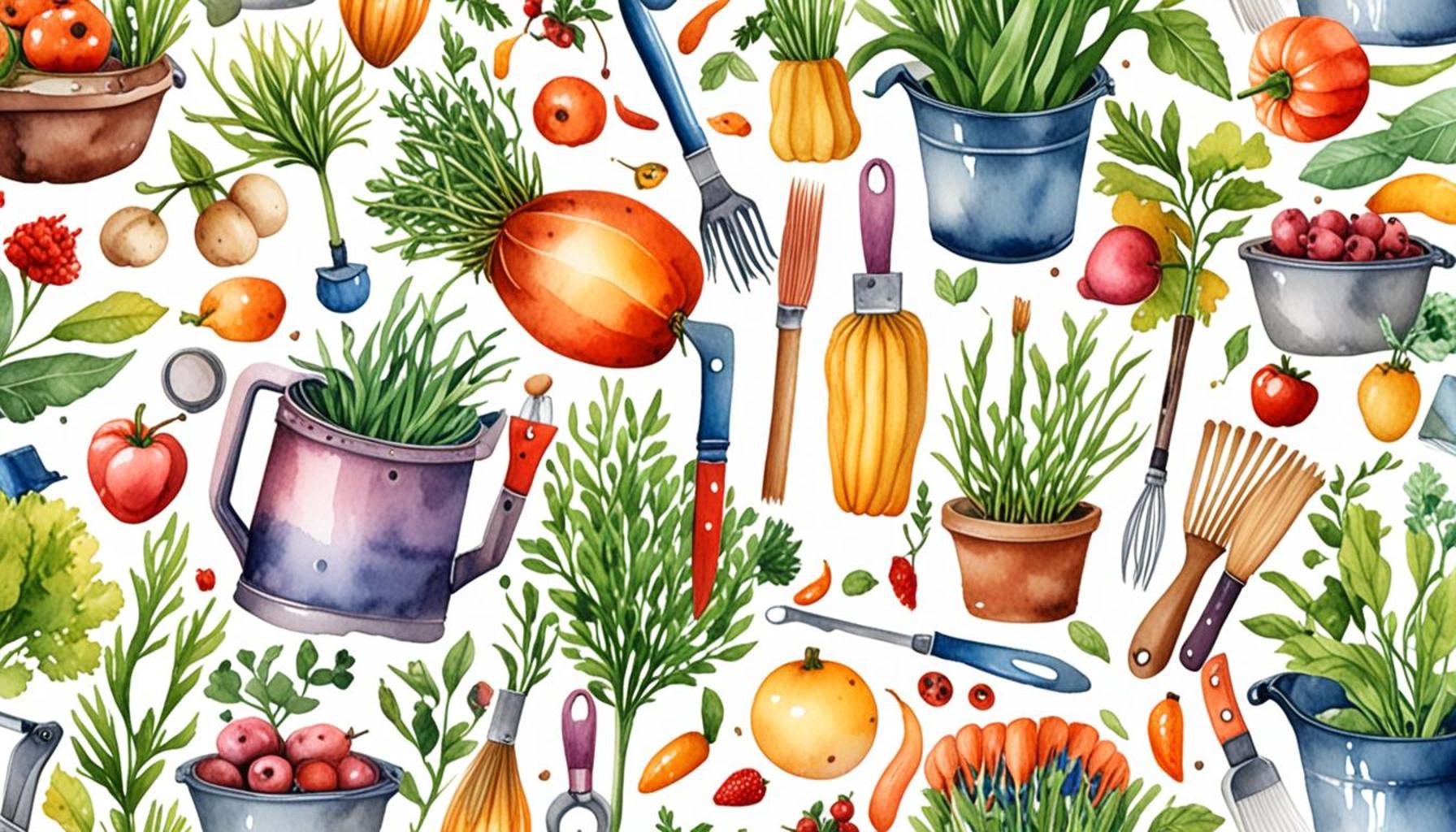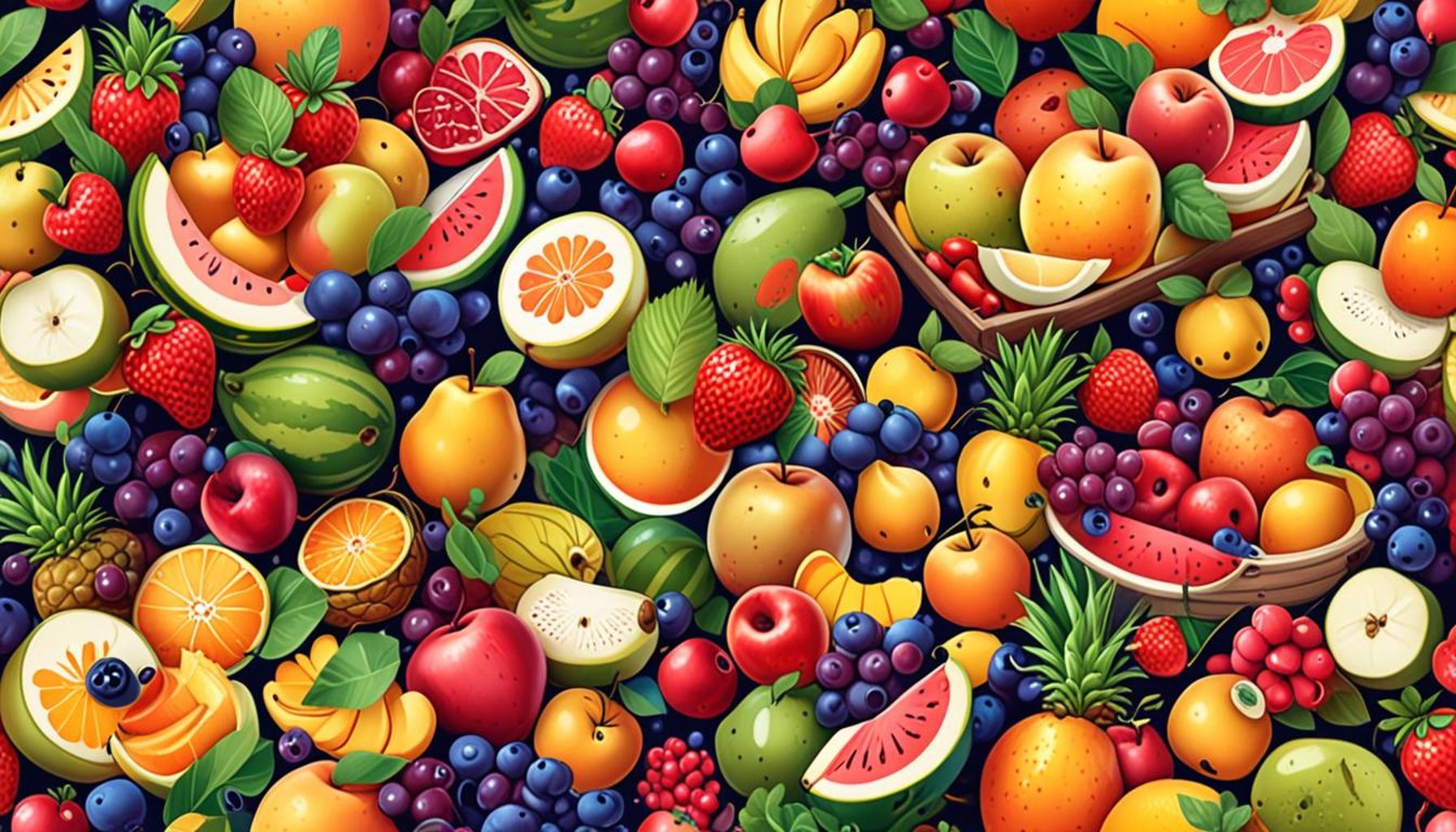The role of harvesting in plant health: How proper harvesting can stimulate growth
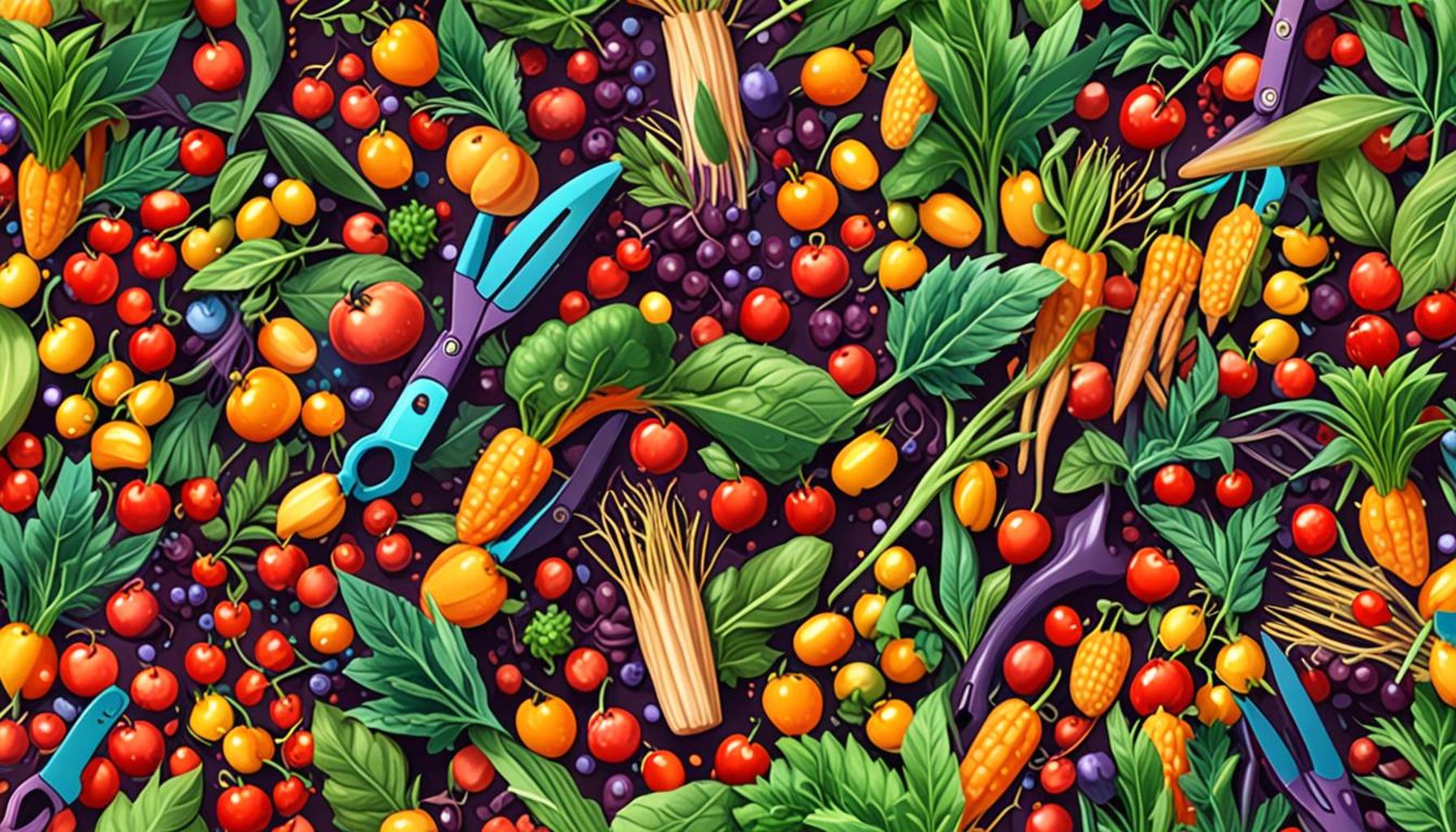
The Importance of Proper Harvesting Techniques
Harvesting goes beyond merely collecting fruits or vegetables from the field; it plays a pivotal role in ensuring plant health and promoting future growth. Understanding the factors that contribute to effective harvesting can make a significant difference in the long-term vitality of plants. When executed correctly, harvesting can not only enhance the taste and quality of crops but also stimulate regenerative processes that fortify plants for the next growing season. Conversely, inadequate harvesting methods can lead to injuries, increased susceptibility to diseases, and ultimately lower crop yields.
Key Factors Influencing Harvesting Success
- Timing: Choosing the optimal moment to harvest is crucial. For instance, fruits like tomatoes and strawberries achieve their peak flavor and nutrient levels when fully ripened. Harvesting them at this stage not only enhances their taste but also prevents competition for nutrients and sunlight from the plant’s own ripening fruits, leading to improved yields in subsequent seasons.
- Technique: The manner in which crops are harvested can impart lasting effects on plant health. Gentle handling is vital; for example, when gathering delicate crops such as beans or herbs, using a light touch prevents bruising and stress. Techniques such as cutting rather than pulling can minimize damage to the plant’s structures, allowing for continued growth and regeneration.
- Tools: Utilizing the appropriate tools is essential to protecting both the crop and the plant itself during harvesting. Sharp, clean cutting instruments, such as pruners or sickles, can reduce tears to the plant tissue and facilitate a cleaner harvest. For example, when harvesting apples, using a picking tool can help avoid unnecessary damage compared to hand-picking, which may inadvertently bruise fruit or harm surrounding branches.
Research indicates that proper harvesting practices can significantly enhance regeneration in plants, ultimately resulting in healthier crops and greater productivity. Striking the right balance between careful harvesting and encouraging plant vigor can be a game-changer. For instance, growers who properly manage their harvests often observe a notable increase in the fruit-bearing capacity of their plants in the following year.
Environmental factors also play a crucial role in how effectively plants respond to harvesting. Elements such as soil quality, rainfall, and sunlight can all influence growth and recovery. Farmers and home gardeners should consistently evaluate these variables, adapting their strategies accordingly. By taking these factors into account, they can optimize plant health and ensure the success of future harvests.
As we move forward in this exploration, we will delve deeper into effective harvesting practices, shedding light on methods that not only enhance yield but also foster sustainable agricultural techniques. Understanding the complex relationship between harvesting and plant health will empower growers to make informed choices that benefit both their crops and the environment.
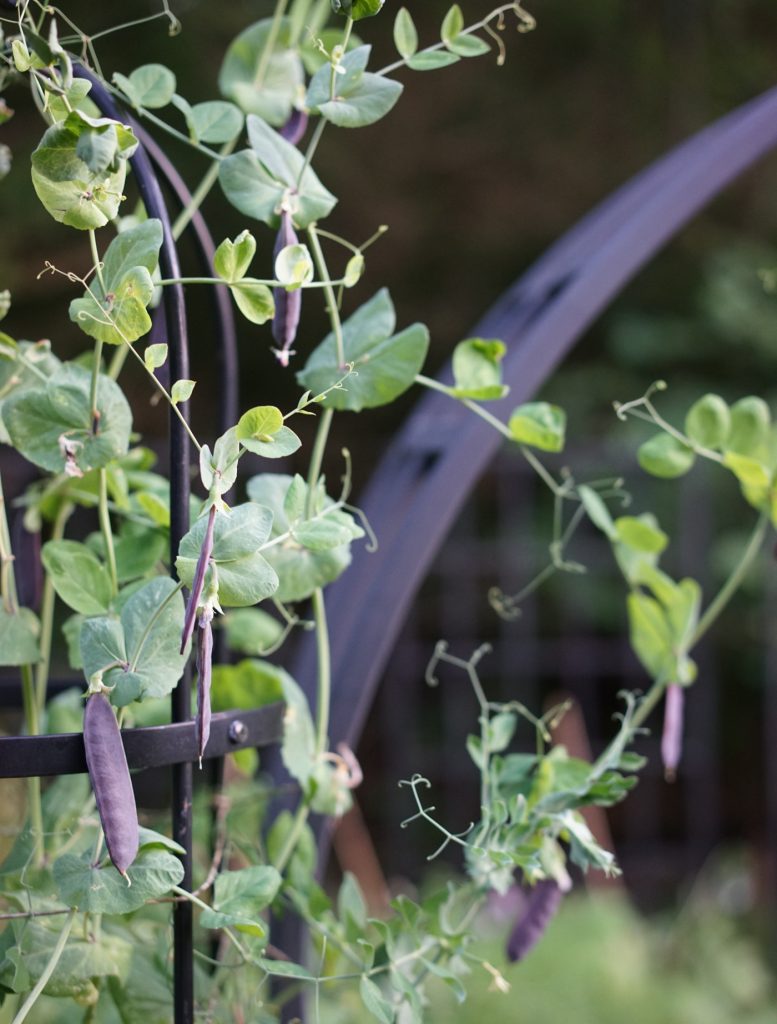
DISCOVER MORE: Click here to learn about choosing the perfect soil for your garden
Harvesting: The Catalyst for Future Growth
Effective harvesting methods can act as a specific catalyst for growth, directly influencing not only how plants respond after crops are removed but also how they thrive in subsequent growing seasons. Recognizing the interplay between harvesting techniques and plant health is critical for any gardener or farmer aiming for sustainable practices. Proper harvesting not only maximizes immediate yields but also supports long-term plant vitality and resilience.
1. The Influence of Timing on Crop Health
Harvesting at the right time is essential for optimal crop health. For instance, certain vegetables can be harvested early to encourage subsequent growth, while others, like sweet corn or peppers, should be left to fully ripen before being picked. Harvesting at peak ripeness promotes a burst of energy in the plant, allowing it to focus on producing new shoots and fruits efficiently after the harvest. A well-timed harvest will lead to a healthier plant, which can better withstand environmental stresses such as pest infestations or unfavorable weather conditions.
2. Technique Matters: The Art of Gentle Harvesting
The technique employed during harvesting cannot be understated. For example, carefully harvesting leafy greens such as kale or spinach by cutting rather than uprooting can stimulate the plant to produce more leaves in a shorter period. Employing techniques that minimize stress and damage to the plant tissues allows for a healthier recovery process. This gentle approach not only reduces the risk of disease from open wounds but also promotes the regrowth of the plant. The following practices can enhance the effectiveness of your harvesting technique:
- Cutting Over Pulling: Using scissors or sharp pruners to remove fruits or vegetables gently helps maintain the plant’s integrity.
- Timing the Pull: Harvesting during cooler parts of the day can reduce stress on the plant and on the harvested crops.
- Avoiding Bruises: Ensuring that harvested crops do not tumble or fall can help maintain their quality and longevity.
3. Tools of the Trade: Choosing the Right Equipment
The right tools play a vital role in ensuring a successful harvest. Whether it’s specialized harvesting knives for row crops or simple tools for small gardens, using the proper equipment paves the way for a cleaner, more effective harvest. For example, using a dedicated berry picker can reduce damage to fragile fruits like blueberries, thus allowing the plant to reinforce its health after picking. A recent study revealed that using the appropriate tools not only eases the harvesting burden but can also improve the overall yield and nutritional quality of crops. By investing in quality tools, growers can ensure a quick and efficient harvesting process.
As we progress in understanding how harvesting influences plant health, it becomes increasingly clear that these practices lay the groundwork for future growth, better yield, and improved sustainability. Growers committed to optimizing their harvesting methods can foster a cycle of health and productivity in their gardens and fields.
Maintaining plant health and stimulating growth through proper harvesting is a multifaceted process that involves understanding the biological needs of different plants. One key aspect is timing. Harvesting at the right moment ensures that fruits and vegetables reach their peak nutritional value. For instance, harvesting tomatoes when they are fully ripe maximizes their vitamin content, which is crucial for both consumer health and market value. Moreover, the technique used during harvesting is essential. Gentle handling can prevent damage to plants, which can hinder their ability to recover and initiate new growth cycles. Utilizing methods that minimize bruising and stress leads to better overall plant health and can stimulate further growth in remaining plants.Additionally, the removal of mature crops allows for better airflow around younger plants, reducing the risk of diseases and allocating resources more efficiently. This practice promotes healthy growth conditions and facilitates nutrient cycling within the soil. Implementing crop rotation and following best practices in post-harvest handling ensures sustainability; it also enhances soil fertility and supports biodiversity, which are crucial for resilient ecosystems. Ultimately, the connection between proper harvesting techniques and plant vitality showcases the importance of this practice in sustainable agriculture and food production systems, inviting further exploration into innovative harvesting methods that could bolster these benefits. To illustrate the advantages and concepts discussed, we can consolidate important factors into a well-structured format as seen below:
| Advantage | Description |
|---|---|
| Optimal Nutrient Timing | Harvesting at peak ripeness maximizes nutrient retention. |
| Minimal Damage | Gentle techniques prevent plant stress, promoting further growth. |
| Airflow and Disease Prevention | Improved airflow around crops reduces disease risk. |
| Soil Fertility Enhancement | Proper practices maintain soil health and support biodiversity. |
This table represents crucial points regarding the role of harvesting in promoting plant health and emphasizes the significant benefits that come from implementing strategic practices in agricultural settings.
DIVE DEEPER: Click here to learn about effective mulching techniques
Harvesting Techniques: Building Resilience and Quality
The demand for sustainable practices in agriculture has shifted focus towards not only maximizing yields but also ensuring the long-term health of plants. In this regard, the harvesting process emerges as a pivotal component. Employing advanced techniques during harvesting can enhance a plant’s resilience to diseases and pests while simultaneously improving the quality of the crop.
1. Post-Harvest Care: The Foundation for Recovery
After the initial harvest, the treatment of the remaining plant plays a crucial role in determining its future health. Proper post-harvest care encourages the plant to redirect energy back into recovery and new growth. For instance, effective practices include:
- Pruning Dead or Damaged Material: Removing wilted leaves and spent stems stimulates new growth and reduces the risk of disease.
- Water Management: Ensuring an adequate water supply after harvesting can tighten the plant’s recovery process. A study from the University of California highlighted that timely irrigation significantly boosted regrowth and crop yield after harvest.
- Nutrient Supplementation: Adding organic fertilizers or compost after harvesting can replenish essential nutrients and enhance soil health, ultimately benefiting subsequent crops.
2. Understanding Plant Physiology: Unlocking Growth Potential
To fully grasp the impact of harvesting on plant health, it is vital to understand basic plant physiology. When crops are harvested, they undergo a natural process called de-foliation. This is where the loss of leaves can trigger a defensive growth response, causing the plant to produce new shoots and leaves in an attempt to restore its previous structure. Such physiological adaptations are critical in ensuring that the plant continues to thrive post-harvest. Research indicates that plants exhibit an increased rate of photosynthesis following a judicious harvest, leading to vigorous regrowth. By understanding these fundamental processes, farmers can tailor their harvesting strategies to better suit their crop varieties.
3. Crop Rotation and Diversification: Strategies for Sustained Growth
One effective method to enhance plant health and response to harvesting practices is through crop rotation and diversification. By rotating crops, growers can prevent the depletion of soil nutrients and break the life cycle of pests and diseases. For example, following a heavy-harvested crop like corn with legumes—which enrich the soil with nitrogen—creates a nutrient-rich environment conducive to vigorous regrowth in the subsequent planting season. This not only improves the immediate health of the next crop but also establishes a resilient agricultural system that promotes sustainability. Additionally, diversifying the types of plants grown can lead to healthier ecosystems, as varied crops can attract beneficial insects and enhance soil microbial diversity, providing natural pest control and improved growth conditions.
4. Technology and Innovation in Harvesting Practices
Technological advancements are also redefining harvesting practices. The integration of automation and precision agriculture tools into the harvesting process can lead to more efficient methods that limit damage to plants while maximizing recovery speeds. For example, robotic harvesters can be programmed to assess the ripeness of crops and collect them with minimal disturbance. Furthermore, data analytics systems can help farmers identify optimal harvesting times by using real-time soil and climate data. Such innovations not only enhance the quality of the harvest but also contribute to improved plant health in the longer term.
In an ever-evolving landscape of agriculture, examining the relationship between harvesting techniques and plant health reveals a complex yet enlightening narrative. The choices made during the harvesting phase have far-reaching implications for future growth, making it an essential consideration for any grower committed to sustainable practices.
DIVE DEEPER: Click here to learn more about drainage in plant cultivation
Conclusion: The Harvesting Paradox – A Gateway to Healthier Plants
In conclusion, the importance of harvesting extends far beyond mere yield. It plays a critical role in the overall health and vitality of plants, serving as a keystone for future growth. By integrating proper harvesting techniques and subsequent care, farmers can significantly enhance the resilience and quality of their crops. Post-harvest care, including the pruning of damaged materials, effective water management, and nutrient supplementation, is paramount for promoting recovery and stimulating new growth.
Moreover, understanding the physiological responses of plants to harvesting—such as the natural defense mechanisms triggered by de-foliation—offers invaluable insight into optimizing agricultural practices. By recognizing that well-timed and appropriately executed harvesting can boost rates of photosynthesis and regrowth, farmers can tailor their strategies to maximize benefits tailored to specific crop varieties.
Innovative approaches like crop rotation and diversification can further complement these practices, ensuring soil health and promoting ecosystems resilient to pests and diseases. As agricultural technology continues to evolve, adopting advancements such as precision harvesting and data-driven decision-making has the potential to revolutionize traditional practices, resulting in minimal disturbance and maximum regrowth.
The interconnection between harvesting and plant health invites growers to reevaluate their methods and adopt a more holistic perspective. In doing so, not only can crop yields be enhanced, but a sustainable agricultural framework can also be established, one that nurtures our environment for generations to come. Ultimately, embracing proper harvesting practices is not just an act of cultivation; it is a commitment to cultivating a healthier planet.
